The Federal Aviation Administration (FAA) is on the cusp of issuing a groundbreaking rule that could dramatically increase the number of drones in U.S. skies. According to MIT Technology Review, the agency is expected to propose new regulations for flying drones beyond visual line of sight (BVLOS) by September 16, 2024.
A Shift in FAA’s Stance
The FAA has long been cautious about allowing widespread drone operations, particularly BVLOS flights. However, recent developments suggest a more accommodating approach:
- Amazon’s Prime Air program received approval for BVLOS drone flights in parts of Texas.
- Hundreds of Police departments have been granted waivers for long-distance drone operations.
The Upcoming Rule
The proposed rule, mandated by the latest FAA Reauthorization Act, will address:
- Safety concerns about drones colliding mid-air or falling onto people or property
- Guidelines for all airspace users, not just specific companies or organizations
Jay Stanley, a senior policy analyst at the American Civil Liberties Union, predicts: “The [proposed rule] will likely allow a broad swatch of operators to conduct wide-ranging drone flights beyond their visual line of sight.”
Potential Impact
If the rule eases BVLOS restrictions, it could revolutionize various sectors:
- Delivery services: Amazon, UPS, and even local businesses could scale up drone deliveries.
- Emergency services: Search and Rescue operations could deploy drones more efficiently.
- Government operations: Local authorities might increase drone use for surveys and code enforcement.
- Law enforcement: Police departments could expand drone surveillance capabilities.

Privacy Concerns
The potential increase in drone activity has raised privacy issues. Civil liberties groups are part of the 87-member committee crafting the rule, but they’re outnumbered by commercial operators and tech interests.
DroneXL’s Take
This proposed FAA rule marks a pivotal moment for the Drone Industry in the United States. The shift towards more permissive BVLOS operations aligns with the growing capabilities and safety features of modern drones. While privacy concerns are valid, the potential benefits in areas like search and rescue and delivery services are significant.
Recent DroneXL articles have highlighted successful BVLOS operations in emergency response situations, demonstrating the life-saving potential of this technology when properly regulated. As the industry evolves, it’s crucial to strike a balance between innovation and public safety.
What are your thoughts on the upcoming FAA drone regulations? Share your opinions in the comments section below.
Discover more from DroneXL
Subscribe to get the latest posts sent to your email.

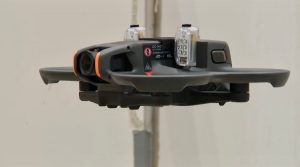
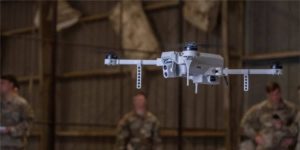
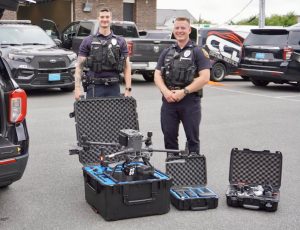


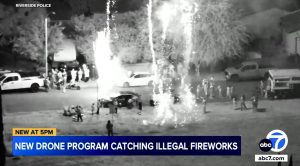

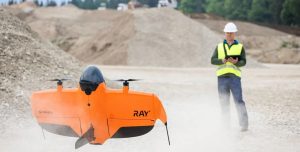
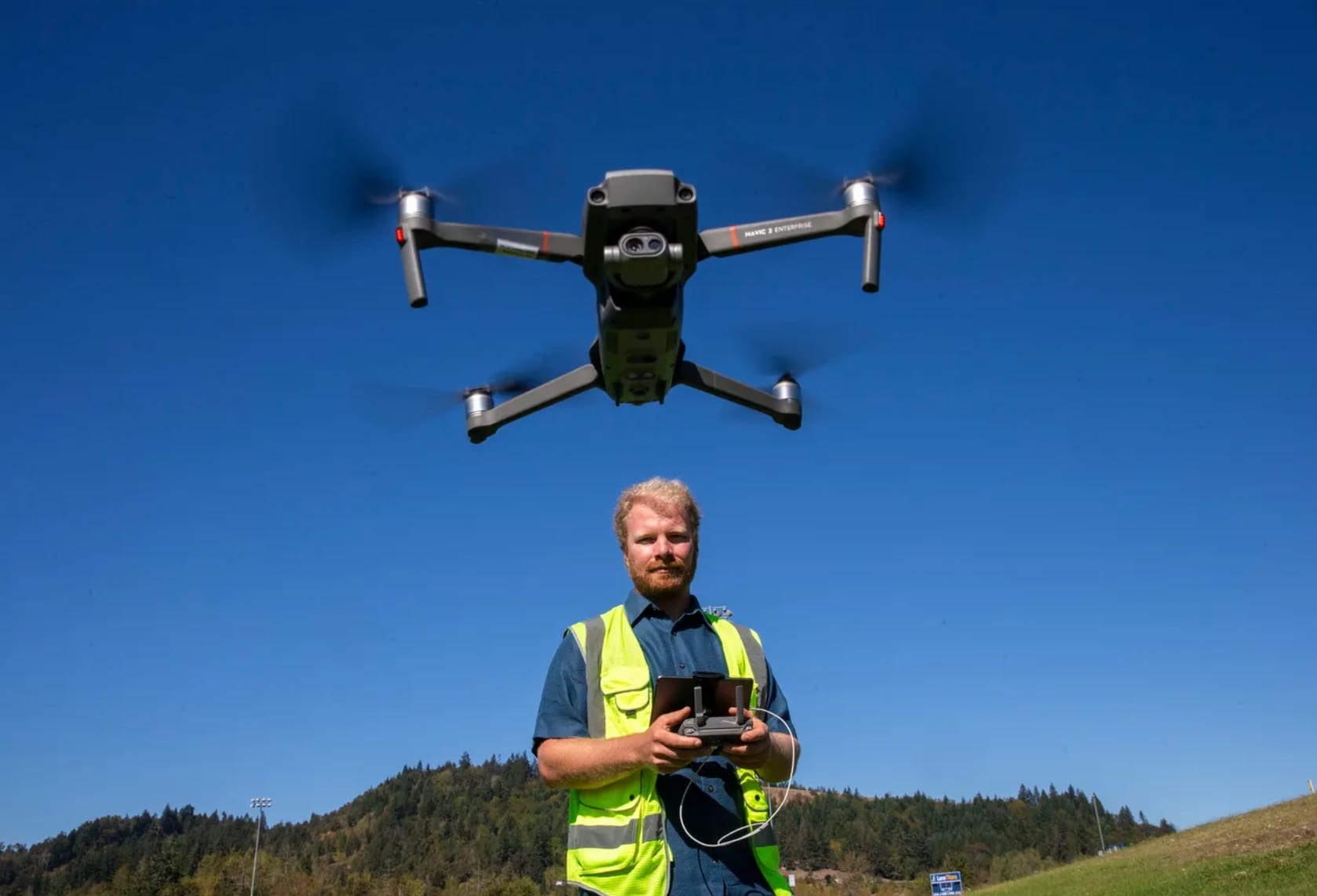

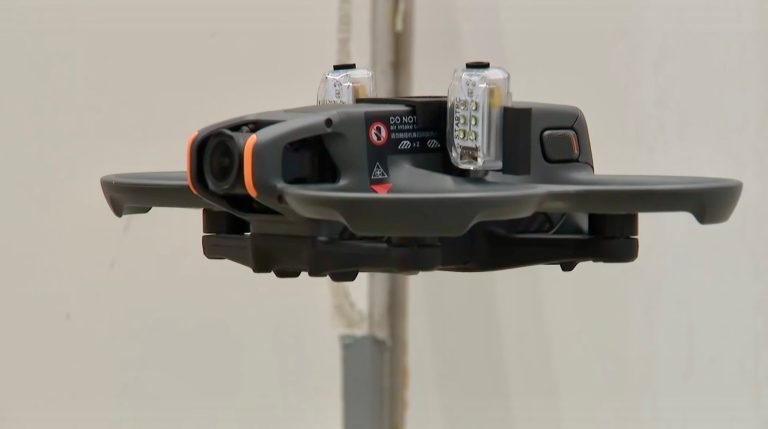
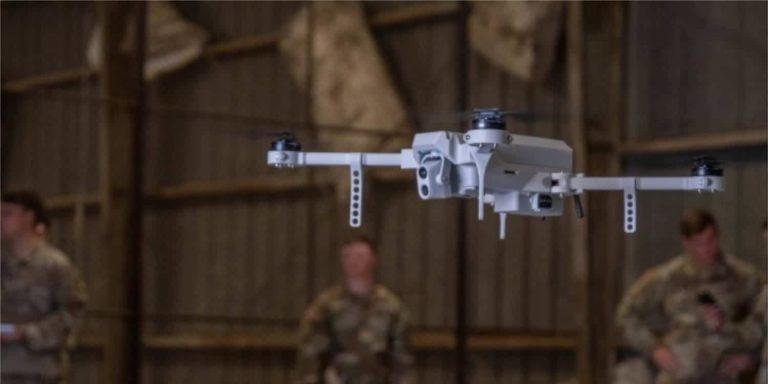
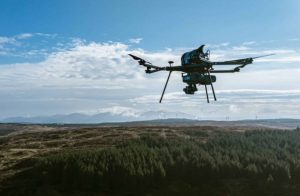

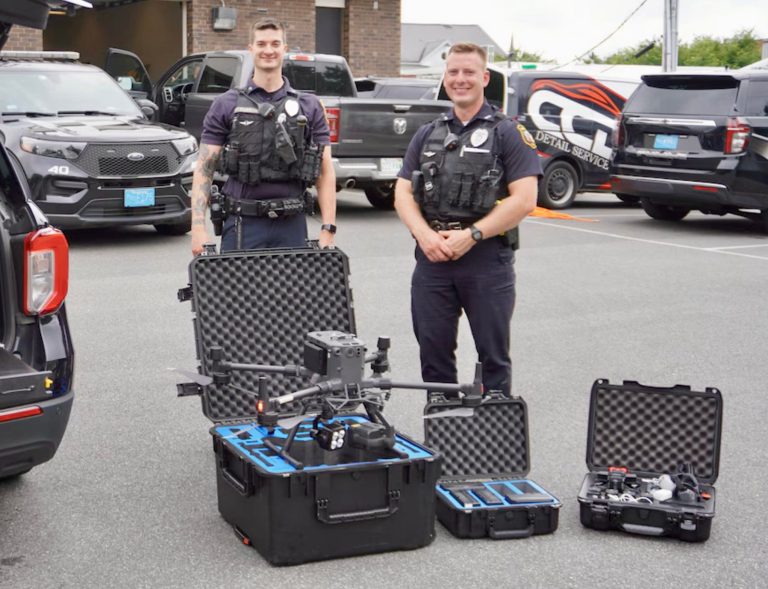
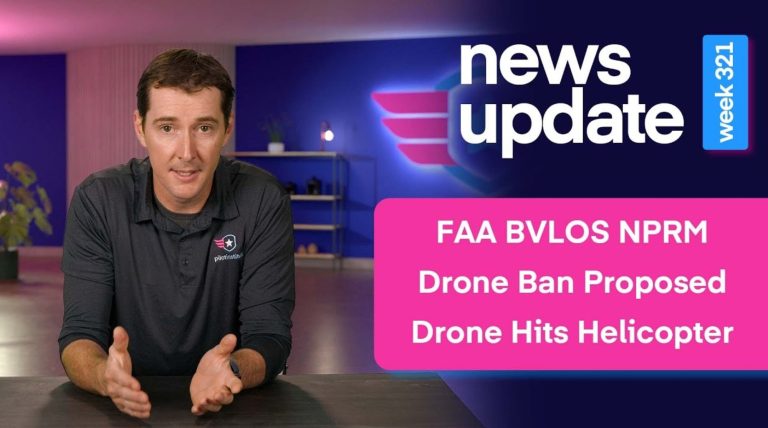

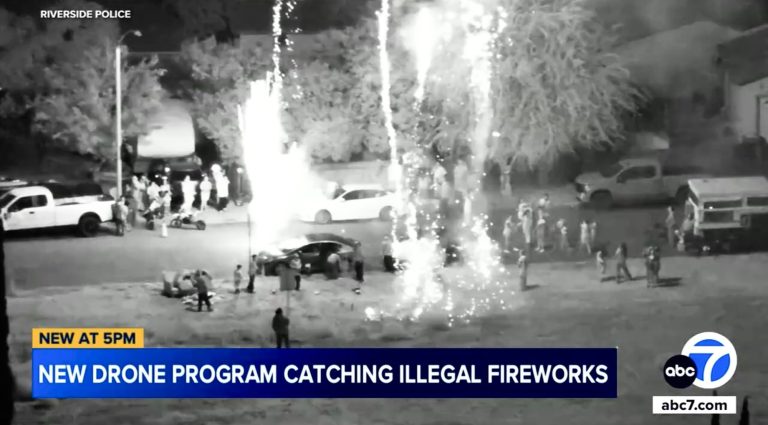
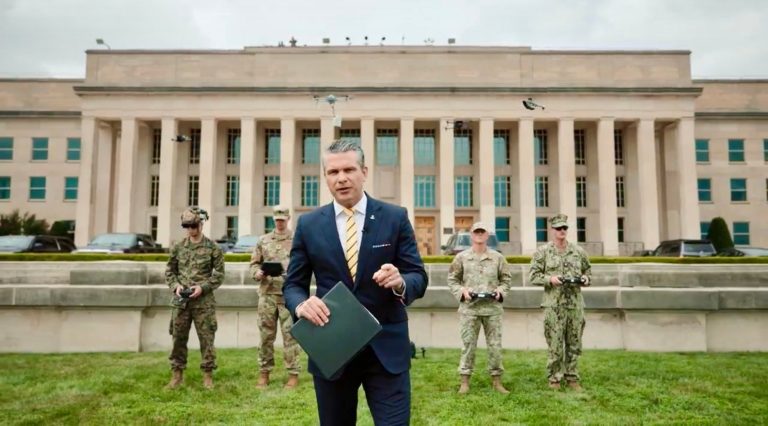
+ There are no comments
Add yours